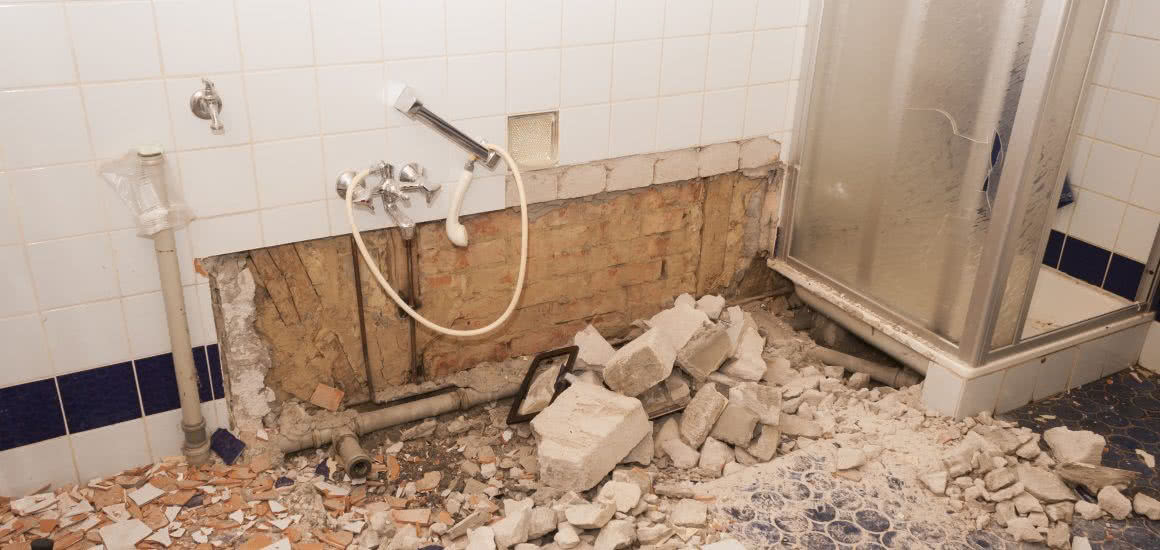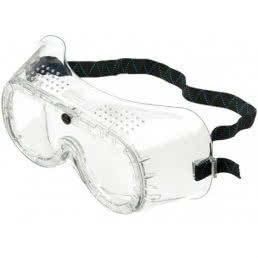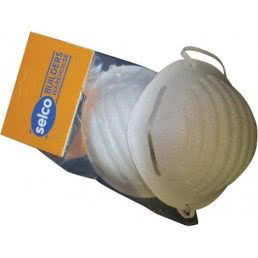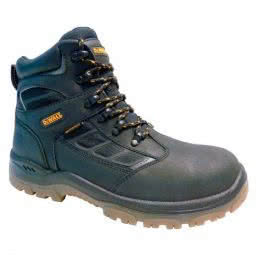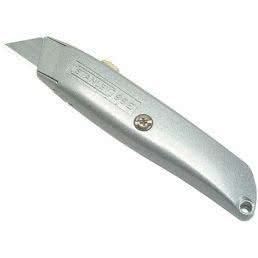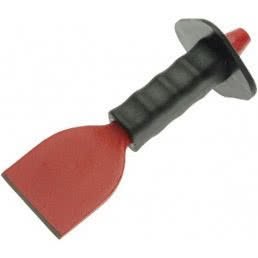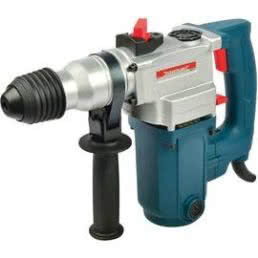Safe and effective bathroom clearance
As ever, make sure that both the water and electricity have been switched off – and made safe – before you do anything else. Choose somewhere suitable to chuck all of the inevitable debris, too.
-
1. Clearing the Toilet
You’ve checked that the water is switched off and the waste pipes are disconnected. Next, flush the toilet to empty it of water, then siphon off and mop out any residual water from the cistern and toilet bowl with a sponge.
Remove the cistern from the bowl by unscrewing the bolts under the base unit. Now you need to remove the toilet bowl. It is likely to be both screwed and sealed to the floor.
With any luck, the screws will be easy to remove. However, if it’s one of those very old toilets where the screws have seized, you’ll probably have to saw them free. If there’s sealant, you can cut this away too.
Finally, once you have a sense of how heavy it is, lift away the toilet bowl. Then discard it.
-
2. Clearing the Basin
Once you’ve confirmed the water is shut off, you’re ready to start. It’s a two-part job, so start with the basin then move on to the pedestal if it covers the waste water pipe.
The basin is likely to be anchored to the wall in two places – you’ll see how by looking underneath. Sometimes they are attached to the pedestal as well, but most you’ve encountered were probably just balanced on top.
Have your colleague support the basin, while you unscrew the fittings. If there is silicone sealant or grouting to deal with, then use a suitable knife to cut it away carefully, making sure not to scratch the wall behind.
Dispose of the basin, then check inside the pedestal to see how the pipework has been concealed inside it. Don’t remove the pedestal until you can be sure you’re not going to bump any important pipes and cause a leak.
If the waste water pipe is covered by the pedestal, remove the sealant under the basin and near the bottom stand at the floor. After this, carefully lift up the basin and slide the pedestal out. The basin is usually attached on the wall mounted on a bracket and by simply lifting up on the sink it will detach from the wall. The only thing keeping the pedestal at the bottom is the weight of the sink. Lift the basin about a 1/2 inch off pedestal while having someone else slide the pedestal out and then put the sink back onto the wall bracket. You can then follow the rest of the instructions mentioned before.
-
3. Clearing the Bath
Start by disconnecting the waterpipes feeding the taps, and for baths that aren’t free standing, straight away get rid of the panel hiding the plumbing.
-
4. Clearing the Tiles and Plasterboard
This is a messy job, so the first step is to make sure you’ve got the bath well-protected. Tape up the plughole, and lay something solid across the top of the bathtub to make sure no debris falls through.
Slice away any grouting or sealant around the bath.
It may well be that the bath meets the tiling that surrounds it. However, most baths have several self-levelling legs. Adjust them with a spanner to gently lower the bath away from the tiling.
FAQs
-
How do I remove the toilet?
Shut off the water and electric, before emptying the toilet with a final flush. Then siphon off and mop out any residual with a sponge. Remove the cistern from the bowl by unscrewing the bolts under the base unit. Lift away the toilet bowl and discard it.
-
How do I remove tiles from the bathroom?
There are 3 key steps to follow when removing bathroom tiles.
- Loosen the existing tiles
- Pry the tiles up
- Prepare the surface
Watch a video by Be Your Own Handyman @ Home
